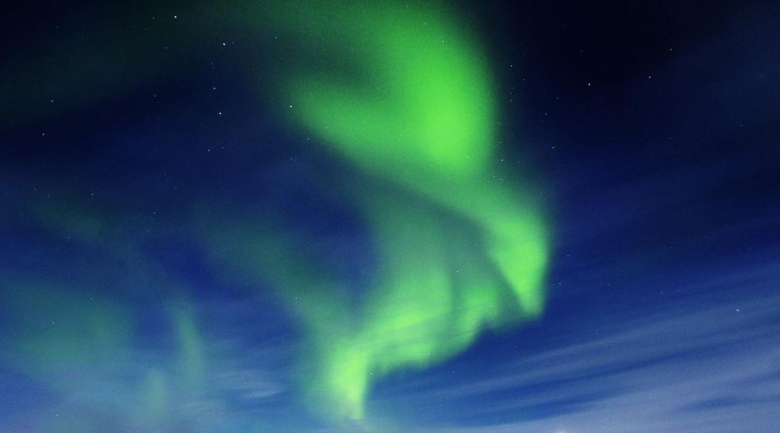
The pull of gravity on a distant star can now be measured more accurately, making it possible to study even the faintest of stars. "Our technique can tell you how big and bright is the star, and if a planet around it is the right size and temperature to have water oceans, and maybe life," said Prof Jaymie Matthews.
Surface gravity is the intensity of the force that pulls everything on the surface of a star or celestial body towards the centre. It is usually calculated by measuring a star’s light or brightness – but this only works well for the closest, brightest stars.
A team led by Thomas Kallinger used data from the Kepler space telescope, which is searching for other worlds like the Earth – to show that variations in the brightness of distant stars can give more accurate measurements of surface gravity. The timescale of turbulence and vibration at a star’s surface, based on its brightness variations, tells you its surface gravity, say the researchers.
Future space missions will hunt for planets around distant stars that might be capable of harbouring liquid water oceans and perhaps life. The method can be applied to data from these searches to help understand the nature of stars like our Sun and to help find other planets like our Earth, says Dr Kallinger.
Since surface gravity depends on the star’s mass and radius, the method should also help astronomers work out the masses and sizes of distant stars – and any planets circulating around them.
"If you don’t know the star, you don’t know the planet," said co-researcher Prof Matthews of the University of British Columbia, Canada. "The size of an exoplanet is measured relative to the size of its parent star.
"If you find a planet around a star that you think is Sun-like but is actually a giant, you may have fooled yourself into thinking you’ve found a habitable Earth-sized world. "
